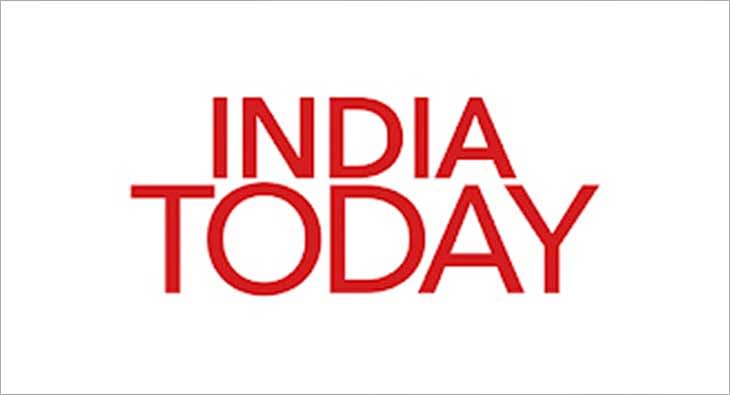With a rifle by his side, Iran's Supreme Leader Ayatollah Ali Khamenei made a rare public appearance on Friday, delivering his first Friday prayer sermon in nearly five years. His speech came in the aftermath of Iran's latest missile strike on Israel, which he described as a "legitimate punishment" for "Israeli crimes".
In his address, Khamenei emphasised that Iran's resistance against Israel would not waver, even in the face of targeted killings of its leaders. "If needed, Iran will strike 'occupied Palestine' again," he declared, signalling a continued hardline stance in the region.
The speech was significant as Khamenei has not delivered Friday prayers since 2020 and there were reports that he was kept in a safe place fearing an Israeli operation targetting him. Notably, Khamenei has faced many assassination attempts throughout his political career, particularly during the turbulent years following the Islamic Revolution in 1979. Here is a brief history of the most notable attempts on his life.
March 15, 1985: Suicide Bombing during Friday Prayers in Tehran
A suicide bomber targetted the prayer congregation while Khamenei was delivering the sermon. Despite the explosion, Khamenei was not injured, and in a significant display of defiance, he continued with his speech. The attack was linked to opposition groups during a tumultuous period in Iranian politics.
This particular attack was significant because it occurred during the Iran-Iraq war, a time when Iran was under immense internal and external pressure. Various groups, including the Mujahedeen-e-Khalq (MEK), were known for organising such violent attempts to destabilize the regime.
June 27, 1981: Hafte Tir bombing in Tehran
The most significant assassination attempt on Khameneioccurred in 1981, when a bomb exploded at the headquarters of the Islamic Republic Party during a meeting of senior officials. The attack was orchestrated by the Mujahedeen-e-Khalq (MEK), an anti-regime group.
While Khamenei was not killed, he was severely injured. The blast left him with a permanently paralysed right arm. Many senior leaders were killed, including Ayatollah Mohammad Beheshti, Iran's Chief Justice and one of the revolution's key figures.
This attack was part of a larger campaign by opposition groups to destabilise the newly formed Islamic Republic. Khamenei’s survival, despite his severe injuries, helped solidify his political position and allowed him to rise to greater prominence within the regime.
February 2022: Drone assassination attempt in Tehran
According to some reports, there was an alleged drone assassination attempt on Khamenei in early 2022. The information about this event is scarce and not widely confirmed by Iranian authorities. However, it stirred discussions about the growing external threats to Iranian leadership amidst rising tensions in the region.
Whether true or not, these reports indicated that the Supreme Leader remains a high-profile target for various domestic and foreign adversaries.
Multiple unconfirmed attempts
There have been several other reports of assassination attempts on Khamenei, particularly during the post-revolutionary years when anti-regime groups like the MEK and other dissidents actively targeted government leaders. However, many of these attempts were foiled, and details remain sparse, with the Iranian government controlling much of the narrative regarding threats to its leaders.
Broader context
Internal opposition: In the early years of the Islamic Republic, opposition groups like the Mujahedeen-e-Khalq (MEK), Kurdish separatists, and other anti-regime factions actively targeted prominent figures like Khamenei.
tensions: As Khamenei became Iran’s Supreme Leader in 1989, assassination attempts and threats against him continued, with rising geopolitical tensions making him a target not only for internal factions but also for external actors hostile to Iran's policies.
Security measures
Since these attempts, security around Khamenei has been significantly tightened. As the Supreme Leader, he is now one of the most protected individuals in Iran, with multiple layers of security, including elite military forces such as the Islamic Revolutionary Guard Corps (IRGC) tasked with his protection.
Published By:
Rishabh Sharma
Published On:
Oct 4, 2024

 1 month ago
1 month ago















